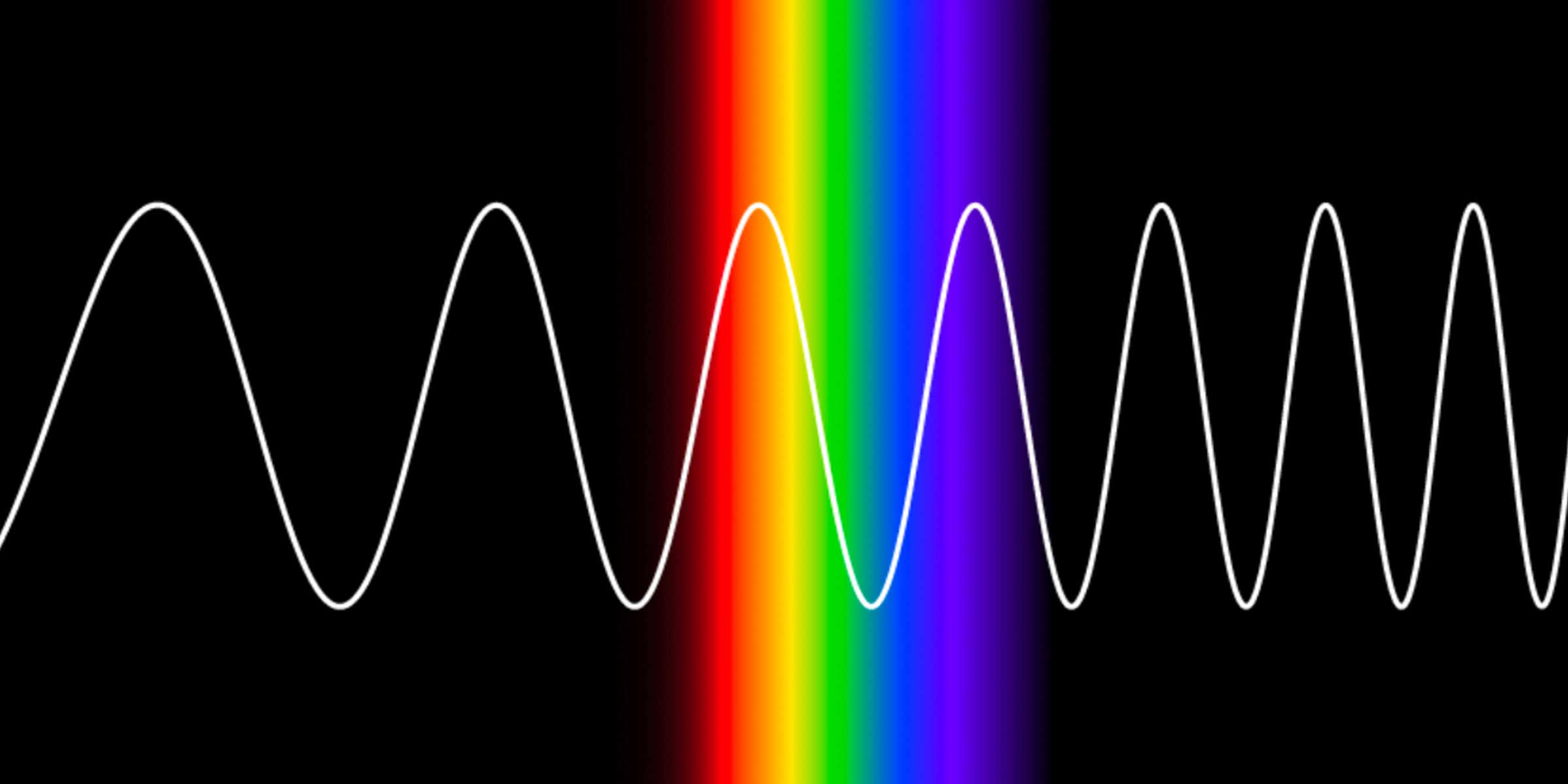
Visible light waves are a captivating aspect of the electromagnetic spectrum, playing a fundamental role in our daily lives. From the vibrant hues of a rainbow to the radiance of the sunrise, these waves encompass a fascinating array of properties that extend far beyond mere illumination. In this article, we delve into 19 intriguing facts about visible light waves, shedding light on their scientific underpinnings and practical applications. As we embark on this illuminating journey, we'll uncover the secrets behind the colors of the sky, the unique behavior of light waves, and the ways in which they shape our perception of the world. So, let's embark on a radiant exploration of visible light waves and unveil the wonders that lie within this captivating realm of science and technology.
Key Takeaways:
- Visible light waves are the only ones we can see and come in a rainbow of colors, from red to violet. They help plants grow and make rainbows and are essential for photography.
- Scientists have been fascinated by visible light waves for centuries. They’ve led to discoveries in optics, color perception, and technology, and continue to inspire artists and creators.
Visible light waves are a small portion of the electromagnetic spectrum.
These waves occupy a narrow band within the electromagnetic spectrum, nestled between ultraviolet and infrared waves.
They are the only electromagnetic waves that are visible to the human eye.
Unlike other waves in the spectrum, such as X-rays and radio waves, visible light waves are perceptible to the human eye, enriching our sensory experiences.
Visible light waves encompass a range of colors.
The colors of the visible light spectrum include red, orange, yellow, green, blue, indigo, and violet, which can be remembered through the acronym ROYGBIV.
Each color corresponds to a specific wavelength.
Red light has the longest wavelength, while violet light has the shortest. This distinctive range of wavelengths contributes to the diverse colors we perceive.
The speed of light in a vacuum is approximately 186,282 miles per second.
This fundamental constant plays a pivotal role in understanding the behavior and properties of visible light waves.
The study of visible light waves falls within the realm of optics.
Optics is the branch of physics that explores the behavior and properties of light, including its interaction with various materials and mediums.
Visible light waves exhibit wave-particle duality.
They can behave as both waves and particles, a phenomenon that has intrigued scientists for centuries and forms a cornerstone of quantum mechanics.
The discovery of the visible light spectrum is attributed to Sir Isaac Newton.
In the 17th century, Newton conducted experiments with prisms, unraveling the visible light spectrum and demonstrating the dispersion of white light into its component colors.
The human eye contains specialized cells called cones, which facilitate color vision.
These cones are sensitive to different wavelengths of light, enabling us to perceive a diverse array of colors in our surroundings.
Visible light waves play a crucial role in photosynthesis.
Plants harness the energy from visible light waves to initiate the process of photosynthesis, a vital mechanism for their growth and sustenance.
The phenomenon of refraction causes visible light waves to bend when they pass through different mediums.
This captivating effect is responsible for the formation of rainbows and the mesmerizing patterns observed in prisms.
Visible light waves can be polarized.
Polarization involves aligning the oscillations of light waves in a specific direction, a phenomenon integral to various optical technologies and applications.
The interaction of visible light waves with objects gives rise to the perception of color.
Objects appear to have a particular color because they reflect or transmit specific wavelengths of visible light while absorbing others.
The study of visible light waves has yielded groundbreaking advancements in various fields, including telecommunications, astronomy, and medicine.
These waves have facilitated the development of diverse technologies that have reshaped our modern world.
Visible light waves are essential in the field of photography.
Photography relies on the capture and manipulation of visible light waves to produce captivating images that preserve moments in time.
The dispersion of visible light waves through a prism results in the formation of a spectrum.
This mesmerizing display showcases the distinct colors comprising visible light waves, a phenomenon that has captivated countless observers.
Human perception of color is influenced by the properties of visible light waves.
The interplay of wavelengths and the human visual system culminates in the rich tapestry of colors that adorn our world.
Visible light waves have inspired artists and creators throughout history.
From the vibrant palettes of renowned painters to the captivating light displays in theatrical productions, visible light waves have been a wellspring of inspiration.
The exploration of visible light waves continues to unveil new insights and applications, shaping our understanding of the world and fueling technological innovation.
The study of visible light waves remains a dynamic and evolving field, offering boundless opportunities for discovery and advancement.
Visible light waves, a mesmerizing aspect of the electromagnetic spectrum, have captivated scientists and enthusiasts alike for centuries. From their pivotal role in human vision to their far-reaching impact across diverse scientific disciplines, these waves continue to shape our understanding of the world and drive technological progress. As we continue to unravel the intricacies of visible light waves, their allure and significance persist, underscoring their enduring relevance in our lives and the broader scientific landscape.
Conclusion
In conclusion, visible light waves play a crucial role in our daily lives, from enabling vision to supporting photosynthesis in plants. Understanding the properties and behaviors of visible light waves not only enhances our scientific knowledge but also drives technological advancements in various fields. As we continue to delve deeper into the study of light waves, we uncover new applications and possibilities that can revolutionize industries and improve our quality of life. The captivating nature of visible light waves continues to inspire scientists and innovators, propelling us toward a brighter and more illuminated future.
FAQs
What is the significance of visible light waves in everyday life?Visible light waves are essential for vision, allowing us to perceive the world around us. Additionally, they are crucial for photosynthesis in plants, which forms the basis of the food chain and supports life on Earth.
How are visible light waves utilized in technology and scientific research?Visible light waves have diverse applications, including photography, optical communications, spectroscopy, and medical imaging. In scientific research, they are instrumental in studying the properties of materials and analyzing the composition of substances.
Was this page helpful?
Our commitment to delivering trustworthy and engaging content is at the heart of what we do. Each fact on our site is contributed by real users like you, bringing a wealth of diverse insights and information. To ensure the highest standards of accuracy and reliability, our dedicated editors meticulously review each submission. This process guarantees that the facts we share are not only fascinating but also credible. Trust in our commitment to quality and authenticity as you explore and learn with us.


